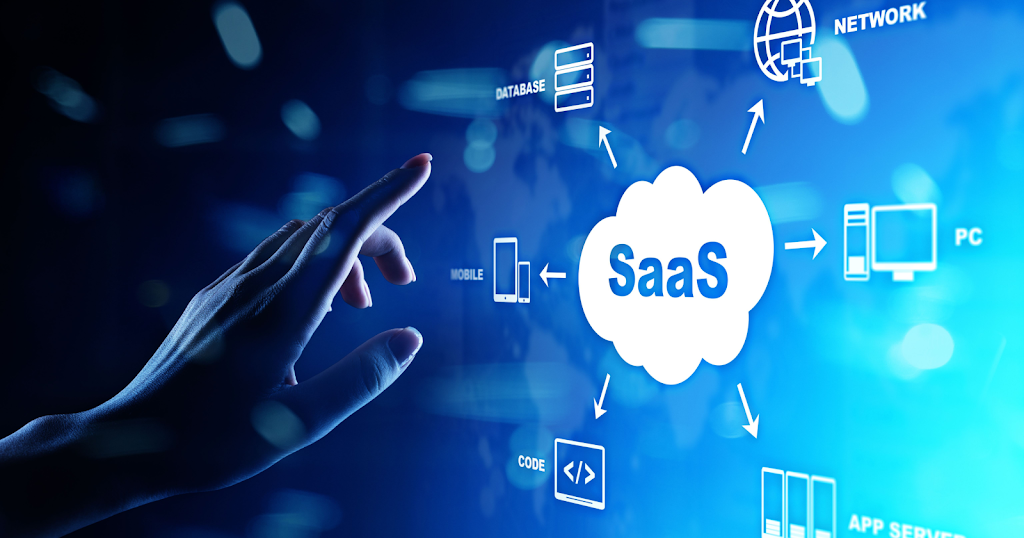SaaS (Software as a Service) allows businesses to utilize software solutions over the internet rather than installing locally. This provides more flexible and affordable access to powerful applications. Common business SaaS offerings include customer relationship management, human resources, accounting, collaboration tools, and more.
Customer Relationship Management (CRM)
CRM SaaS systems centralize customer data and interactions to enhance service and relationships.
- Popular CRM SaaS platforms include Salesforce, HubSpot, Zoho, and Freshworks.
- Track all customer details, communications, deals, and activity in one dashboard.
- Automate lead scoring, email sequences, and customer segmentation.
- Mobile access and real-time updating of data across the business.
- Pricing based on number of users, features, and customization.
CRM SaaS delivers a 360-degree customer view that humanizes engagement.
Human Resources Management
HR management SaaS simplifies and automates key talent processes.
- Solutions likePeople, BambooHR, Gusto, and Zenefits handle onboarding, payroll, benefits, compliance, and performance management.
- Automate onboarding workflows with pre-built templates.
- Employees manage PTO requests, tax forms, and contact info via self-service portals.
- Integrate seamlessly with existing systems like ATS and benefits programs.
- Customize permissions so employees only access relevant features.
HR SaaS reduces administrative burdens so HR staff do more strategic work.
Project Management
Enhance team execution on projects and tasks with project management SaaS.
- Platforms like Asana, Trello, Basecamp, and Wrike improve planning, collaboration, and visibility.
- Break down large initiatives into tasks with dependencies and due dates.
- Create workflows to standardize processes with built-in automation.
- Assign activities, set reminders, attach files, add comments, and track progress.
- Real-time access and status updates across locations.
- Integrations with calendars, email, and other tools.
Project management SaaS aligns teams for on-time, on-budget delivery.
Accounting and Finance
Modern accounting SaaS automates number crunching while providing real-time visibility into financials.
- QuickBooks, Sage, NetSuite, and Xero handle invoicing, expense tracking, reporting, and more.
- Generate invoices, accept online payments, and sync data with banks.
- Code expenses, track receivables, manage budgets, and perform reconciliations.
- Automate reminders for collections and bill pay.
- Access reports on cash flow, profit and loss, and financial summaries on any device.
Accounting SaaS improves accuracy, collaboration, and access to data.
Business Intelligence and Analytics
Turn raw data into informed business insights using BI and analytics SaaS solutions.
- Platforms like Tableau, Domo, Looker, and Microsoft Power BI ingest data sets and uncover trends.
- Visualize insights through interactive dashboards with drilling, filtering, and formatting.
- Conduct ad hoc analysis on sales patterns, web traffic, operational metrics, forecasts and more.
- Embed analytics directly into internal software and portals with APIs.
- Share reports and schedule for automatic updates. Mobile optimization.
BI SaaS solutions make data approachable and actionable.
Collaboration Tools
Facilitate communication, feedback sharing, and seamless teamwork with digital collaboration SaaS.
- Popular options include Slack, Microsoft Teams, Basecamp, and Asana.
- Instant messaging, video conferencing, file sharing, and task management.
- Create private and public channels to organize projects, teams, topics, and initiatives.
- Comment on deliverables, discuss proposals, host AMAs, and give kudos.
- Integrate with other systems to centralize notifications and responses.
Digital HQs allow productive collaboration across locations and time zones.
Table: Overview of Common SaaS Solutions for Businesses
| SaaS Category | Top Solutions | Key Features | Use Cases |
|---|---|---|---|
| CRM | Salesforce, HubSpot, Zoho | Contact management, deal tracking, email automation | Sales pipeline visibility, customer service |
| Human Resources | BambooHR, Gusto, Zenefits | Applicant tracking, onboarding, payroll, compliance | Streamline talent processes, self-service portals |
| Project Management | Asana, Trello, Basecamp | Task lists, workflows, collaboration tools, timelines | Keep projects on track, enhanced team coordination |
| Accounting | QuickBooks, Sage, Xero | Invoicing, bill pay, reporting, bank syncing | Manage finances across business units |
| Business Intelligence | Tableau, Domo, Microsoft Power BI | Interactive visualization, dashboards, modeling | Spot trends in operations and sales data |
| Collaboration Tools | Slack, Microsoft Teams, Basecamp | Messaging, video calls, file sharing, task management | Facilitate communication across stakeholders |
Frequently Asked Questions
What are the main benefits of SaaS solutions for businesses?
The key benefits are affordability, flexibility, mobile access, regular updates, scalability, integration capabilities, and not needing local IT infrastructure. SaaS also allows trying software without long commitments.
What are potential downsides of SaaS compared to installed software?
Dependence on internet connectivity, potential for slower performance, limitations based on subscription tiers, and risks associated with data security in the cloud are common downsides to weigh.
How do I choose the right SaaS solutions for my business?
Start by making a list of pain points and areas for improvement. Research vendor options that address your needs. Weigh benefits against costs. Sign up for free trials to test options hands-on before committing. Prioritize integrations with existing systems.
Should all my business software move to SaaS models?
Legacy on-premise software that meets your current needs reliably may not warrant transitioning fully to SaaS yet. Weigh migration costs against the benefits. For new needs, SaaS often makes more sense than installing onsite servers today.
Is SaaS software guaranteed to work on all devices?
The best SaaS providers optimize access across desktop and mobile. However, you should verify platform and browser compatibility. Some advanced features may require later versions of operating systems and specs. Test across employee devices during trials.






